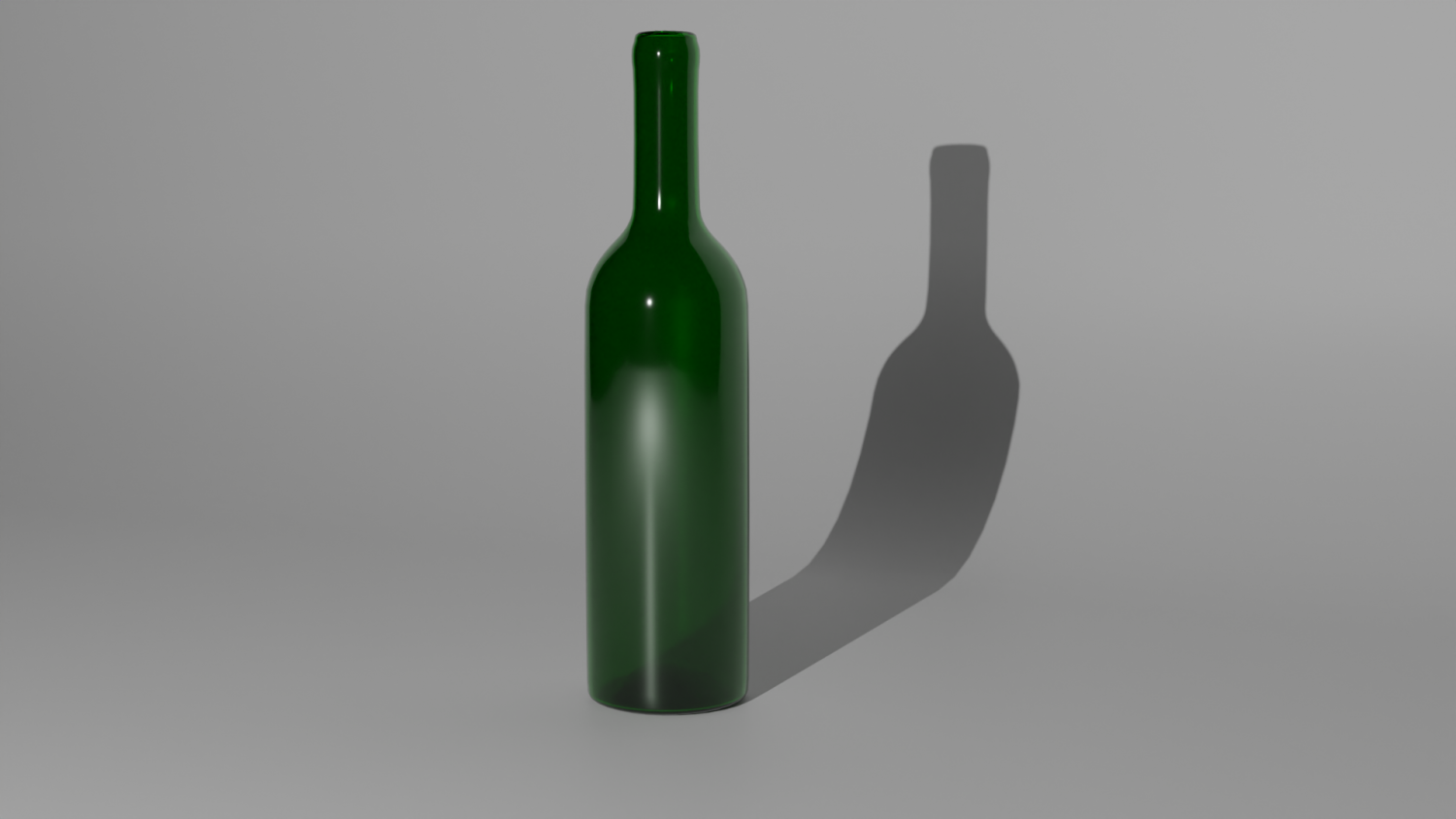

But its thick glass walls also make it less delicate and less prone to chipping. In our tests, we did find this decanter to be on the heavier side, especially when filled with an entire bottle of wine. The tapered neck makes it easy to hold, and the wide mouth makes pouring the wine into the decanter effortless. According to Master Sommelier Larry O’Brien, a fine lip also minimizes dripping (a problem that can arise with pouring the last drops from a wide-based decanter).ĭuring our testing, we found that the thick glass and angled lip make this a sturdy and aesthetically pleasing option. The 100% lead-free crystal piece is as visually stunning as it is functional, and with an 8.5-inch-wide base-it’s perfect for your biggest and oldest reds. Le Chateau’s finely engineered decanter is designed to perfectly hold one standard bottle (750 mL) of wine, with its wide base and asymmetrical spout for optimal aeration and precise, easy pouring. For an in-depth look at all of our favorite decanters, read on.

We also looked at how easily the wine poured in and out of the decanter and whether or not it was easily cleaned.

Some of the attributes in which we rated each item include design and aesthetics, ease of use, size, and longevity. Helping to break down what can be an intimidating and overwhelming assortment, we've carefully home-tested our favorite decanters for all types of wines and occasions. The type and age of the wine you’re serving or drinking, of course, will dictate your decanter style and preparation.Īfter extensive testing, the Le Chateau Wine Decanter is our top pick, based on its sturdy design and ease of use. These deposits are made up of the wine’s tartaric and color matters, which decantation works to separate from the wine for serving. And second, for older wine, which can sometimes have a bit of deposit,” she explains.

“Decanting is used for two things: first, to aerate and oxygenate the wine in order to develop the aromas after having been closed in bottles and kept in a reduction area for more or less time. Diane Flamand, a Bordeaux-based oenologist for Légende Wines at Domaines Barons de Rothschild Lafite, breaks down the process. Opening a 187ml or 250ml can limits the size of servings and perhaps prevents leftovers from an open bottle going to waste.Decanting wines can be somewhat of a mystery for the novice oenophile. Scroll down to see Peter Ranscombe’s top picks of canned winesĮvangelists (e-can-gelists?) hail the can not only as a practical format for picnics, but also portion control. That’s no surprise after all, the same could be said for the split between wine and fine wine in other formats too, whether it’s traditional glass bottles or bag-in-box. The 110 cans I assembled fell into two categories – those aiming for the convenience market and those prioritising more serious liquids. Does wine in cans hold the answer? Judging by the number of brands on the internet and the increasing amount of shelf space given over to them in supermarket fridges, it’s a format worth exploring.
WINE DECANTER HOW TO
Wine fans face a tougher task: deciding whether to bring plastic cups or ‘proper’ glasses, how to keep a whole bottle cool, and whether they need a corkscrew. Beer drinkers have it easy – when the sun starts to shine, they just grab a can from the fridge and head outside.


 0 kommentar(er)
0 kommentar(er)
